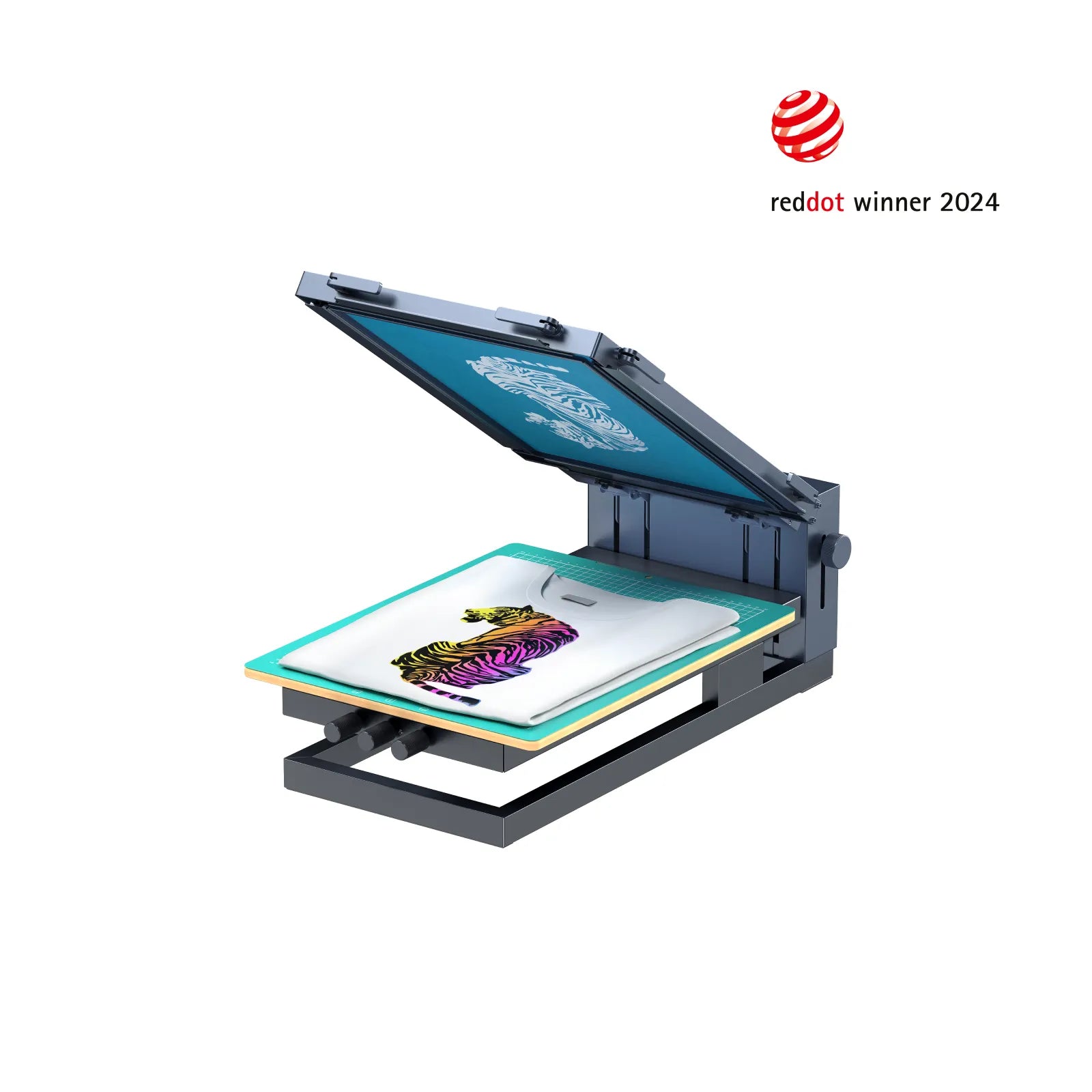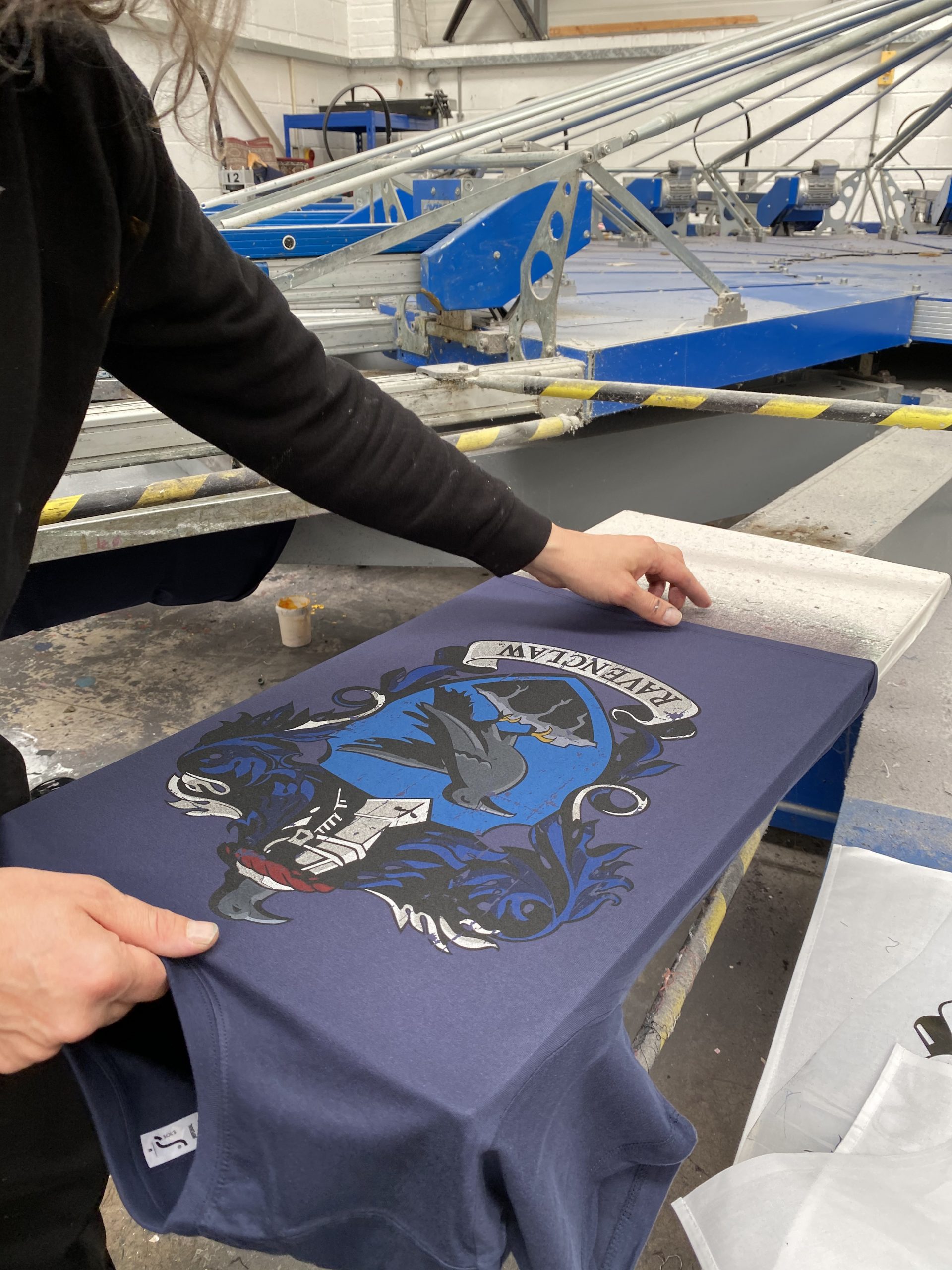The Vital Overview to Understanding Screen Printing and Its Versatile Utilizes
Screen printing has a rich history that dates back to ancient times, evolving into an innovative strategy made use of throughout different industries today. This overview explores the details of the screen printing process, outlining its applications in advertising, fashion, and home décor - 10:9 Design Company. Understanding these fundamentals can open imaginative possibility for both artistic and commercial tasks. The adhering to sections will certainly reveal important pointers and methods to enhance one's screen printing undertakings
The History of Screen Printing
Although screen printing has origins that map back centuries, its evolution reflects the creative and technological innovations of numerous cultures. Coming from ancient China, the method was at first utilized for enhancing fabrics and later infect Japan, where it came to be important to Ukiyo-e woodblock printing. The approach changed to Europe in the 18th century, where it gained popularity among artisans and commercial printers. The invention of photo solution in the 20th century changed screen printing, permitting even more intricate layouts and greater efficiency. Artists like Andy Warhol better thrust its popularity, utilizing the medium to create iconic works that mixed commercialism and fine art. By the late 20th century, screen printing had established itself as a functional strategy, utilized in vogue, advertising, and fine art. Today, it proceeds to advance, incorporating electronic modern technology and expanding its applications throughout numerous markets.
The Screen Printing Process Explained
Screen printing changes imaginative visions into tangible layouts through a series of accurate actions. A photo is developed and after that transferred onto a screen, usually made of great mesh material extended over a frame. A light-sensitive solution is put on the screen, which is revealed to light, solidifying in locations not covered by the image. After rinsing the unhardened solution, a stencil is created.
Next, the screen is positioned over the substrate, whether it be textile, paper, or an additional product. Ink is after that pushed via the open locations of the pattern utilizing a squeegee, depositing the layout onto the substrate listed below. This procedure can be repeated for multiple shades, requiring different screens for each and every shade. The printed product is cured utilizing warmth to ensure the ink adheres effectively, resulting in a sturdy, lively layout prepared for use.
Types of Screen Printing Techniques

In addition, specialty strategies, such as discharge screen printing, remove color from the fabric to develop softer prints, while foil screen printing applies metallic foil to accomplish a shiny finish (10:9 Design Screen Printing Texas). Each strategy supplies distinct characteristics, providing to different innovative demands and production scales, inevitably increasing the possibilities within the screen printing domain
Applications of Screen Printing in Different Industries

Additionally, the signs and advertising markets make use of screen printing for developing attractive screens and banners. This method permits for vibrant colors and intricate styles that capture interest. In electronic devices, screen printing is utilized for applying conductive inks to motherboard, vital for part connections. Moreover, the home décor industry accepts screen printing to create distinctive layouts on textiles and wall surface art. In general, screen printing works as a crucial device across varied areas, improving items with personalized and aesthetically attractive graphics.
Tips for Effective Screen Printing Projects
While embarking on a screen printing project, cautious attention to information can significantly boost the final result. Initially, picking high-grade materials is necessary; this consists of the screen, inks, and substrates. Utilizing proper mesh counts can impact ink deposition and detail resolution. Prep work is equally crucial; thorough cleaning of screens and appropriate exposure times guarantee crisp prints.
Next off, precise enrollment is vital for multi-color prints. Using positioning devices can help accomplish precise layering. Furthermore, screening prints on scrap materials before production assists identify potential problems without squandering sources.

Frequently Asked Concerns
What Products Are Finest for Screen Printing on Fabric?
Cotton and polyester blends are ideal for screen printing on textile because of their longevity and ink absorption. Furthermore, specialized fabrics like silk or canvas can produce distinct appearances and coatings, improving the overall design quality.
Exactly how Do I Tidy and Maintain Screen Printing Tools?
To clean up and keep screen printing equipment, one need to regularly clean screens with appropriate solvents, check mops for wear, oil relocating parts, and store all items in a completely dry, dust-free setting to extend their life-span.
What Are the Ecological Effects of Screen Printing?
Screen printing can have considerable environmental influences, consisting of chemical waste from inks and solvents, water use throughout cleansing processes, and energy intake. Sustainable methods and green products are crucial for lessening these unfavorable results.
Can Screen Printing Be Done in the house Efficiently?
Screen printing can be effectively done at home with the appropriate products and methods. Hobbyists can develop top quality prints, though success relies on their ability level, devices, and understanding of the process entailed.
What Are the Prices Connected With Starting a Screen Printing Business?

Starting a screen printing organization entails prices for devices, products, and work area. First expenses typically range from a few hundred to a number of thousand bucks, relying on the scale, high quality of equipment, and preferred manufacturing ability.
Screen printing has a rich history that dates back to ancient times, evolving into an innovative method made use of across different sectors today. Another strategy, rotating screen printing, utilizes round screens, helping with continual printing on material rolls, thus enhancing effectiveness for large productions. Furthermore, specialized methods, such as discharge screen printing, remove color from the fabric to develop softer prints, while aluminum foil screen printing uses metal foil to accomplish a glossy coating. In the fashion field, screen printing is commonly utilized to create dynamic styles on apparel, allowing brands to display their unique styles. Cotton and polyester blends are ideal for screen printing on textile due to their resilience and ink absorption.